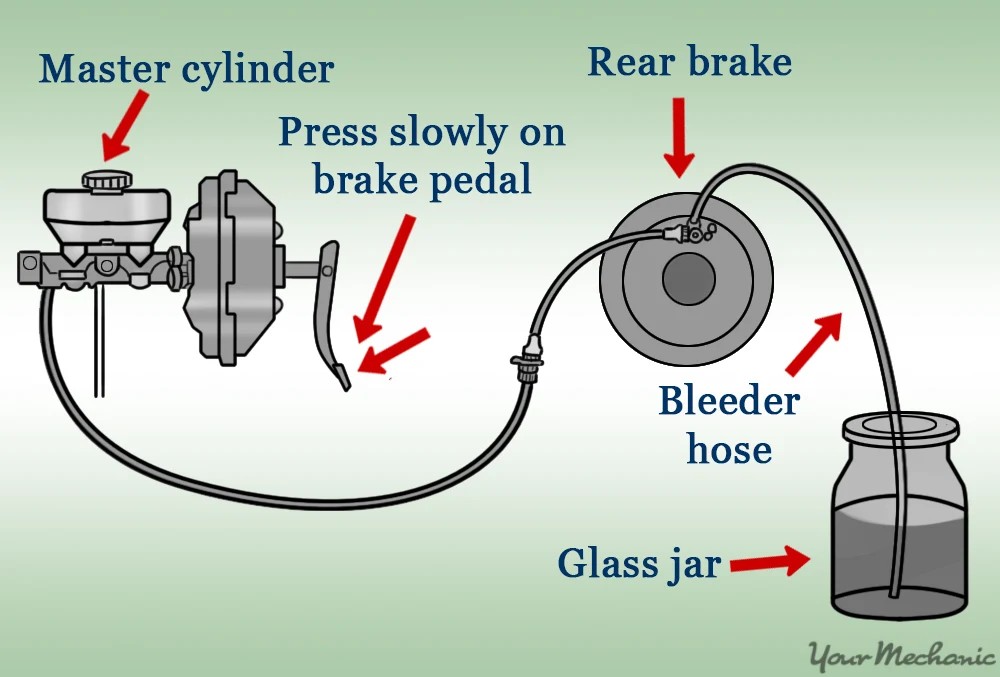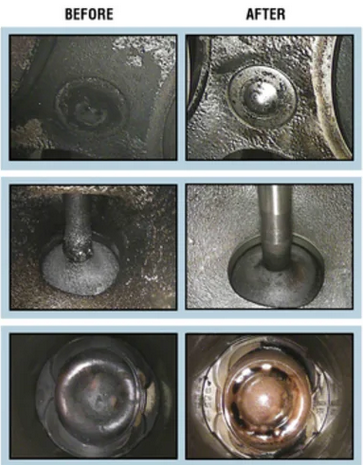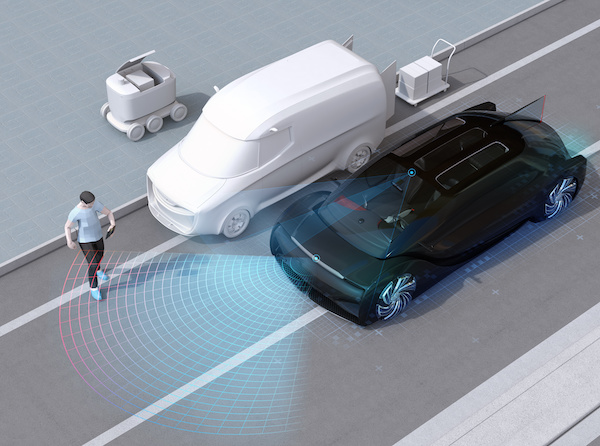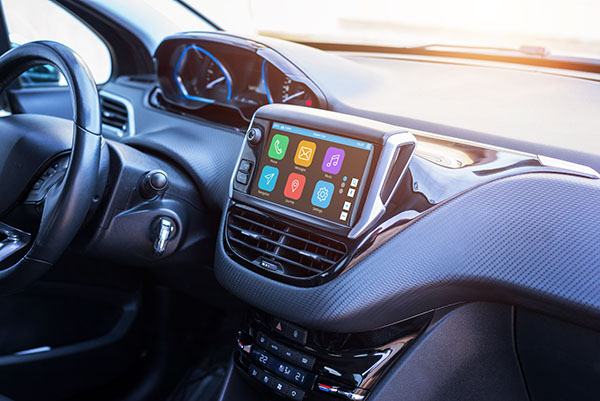Posted on 3/13/2025

A brake flush is a crucial maintenance procedure that involves completely replacing the old brake fluid in your vehicle's braking system with fresh, clean fluid. Here's a breakdown of what it is and why it's important: What is a Brake Flush?Fluid Replacement: It's the process of removing all the existing brake fluid from the brake lines, master cylinder, and other components, and at the same time, refilling the system with new brake fluid. Contamination Removal: Over time, brake fluid absorbs moisture from the air which reduces the fluids effectiveness. It also can collect debris from the brake system itself contaminating the fluid which can damage seals found throughout and adding the need for costly component replacement. Why is it Important?Maintains Braking Performance: Contaminated brake fluid has a lower boiling point, which can cause brake fade (reduced ... read more
Posted on 1/14/2025

Basic maintenance is the key to keep your vehicle running at its very best. When you keep up with fluid changes, filter changes, tire checks along with other services, you are ensuring the safety, reliability and performance of your vehicle. Performing regular maintenance also helps you avoid expensive repairs down the road. At Turner Auto Care we like to work with our customers so that they are in the know about their vehicle’s overall health and any maintenance needs along with the timing and priority of these needs. So let’s get into it. What’s an Air/Fuel Induction Service? In the simplest terms it is a process to perform a massive cleaning of the all the components of your vehicle’s induction system. The induction system components include the throttle body, intake manifold, fuel injectors and intake valves. The combined purpose of these components is to ensure the proper mixing of air and fuel going into your engine. Over time, deposits of carbon, dirt ... read more
Posted on 10/29/2024

What is puffing? Is it the art of exaggerating? Well … yes but not what I’m referring to. Is it short labored breathing? Also yes, but still not what I’m talking about. I’m talking about a habit than many of us New Yorkers have. We start our vehicles and leave them unattended with the keys in the ignition while we wait in the house for them to warm up during the winter months. This practice is referred to as Puffing. This term references the puffs of exhaust from the tailpipe during cold weather. Puffing seems relatively harmless but there are quite a few reasons why it’s not a good practice: Theft! An idling vehicle with the doors unlocked and the owner nowhere in sight is the perfect invitation to thieves. Air Pollution – Idling vehicles release harmful pollutants into the air. Fuel Waste – Leaving your vehicle running unnecessarily wastes fuel and increases your carbon footprint. Vehicle Wear and Tear – Extended idl ... read more
Posted on 8/31/2023

In the ever-evolving landscape of the automotive industry, the pursuit of safety, efficiency, and convenience has led to groundbreaking advancements in technology. Among these innovations, AI-powered/autonomous Driver Assistance Systems (DAS) have emerged as a driving force for both road safety and the eventual realization of fully autonomous vehicles. Below we will dive, we'll explore the latest advancements in that category, their profound impact on road safety, and how they are setting the stage for a future where our cars will drive themselves. The Evolution of Driver Assistance Systems Before we dive into the AI-powered systems of today, let's take a brief look at the evolution of driver assistance technologies. It all began with basic features like cruise control and anti-lock brakes - the first car with cruise control was the 1958 Chrysler Imperial! Then it moved to ADAS (Advanced driver-assistance system). Early iterations of the ADAS included electronic stabil ... read more
Posted on 7/31/2023

As technology rapidly evolves, so do the features and capabilities of modern vehicles. If you own a little bit of an older Toyota Corolla and want to enjoy the latest in-car entertainment and connectivity options, updating your infotainment system can breathe new life into your driving experience. Let's see how you can do it in a few easy and simple steps! Step 1: Check for Updates The first step is to determine if there are any available updates for your Toyota Corolla's infotainment system. Visit the official Toyota website or the manufacturer's support portal and search for the software update section. Enter your vehicle's model and year (you can easily see it in the owner's manual) to check if there are any updates specifically tailored to your car's infotainment system. Step 2: Prepare a USB Drive If an update is available, you'll need a USB flash drive to download and transfer the software to your vehicle. Make sur ... read more